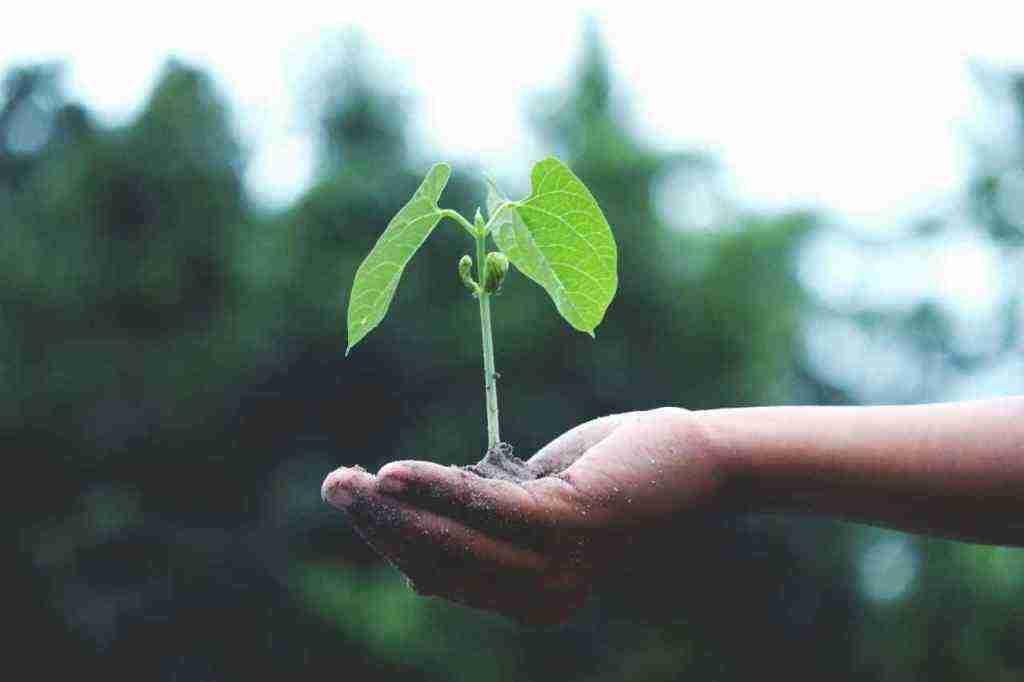Earth’s Tectonic Enigma: A Collision in the Cosmos
Get ready to dive into the mind-boggling realm of plate tectonics, the driving force behind those earth-shattering earthquakes and awe-inspiring volcanoes. For centuries, scientists have scratched their heads, trying to unravel the origins of this geological dance. But hold on tight, because a cosmic collision hypothesis is shaking up the game.
Cosmic Crash: The Birth of Plate Tectonics
Picture this: 4.5 billion years ago, our planet Earth got a cosmic sucker punch from an object the size of Mars. This jaw-dropping collision sent shockwaves through our planet, creating mysterious blobs deep within its belly. These blobs, known as LLVPs (Large Low-Shear Velocity Provinces), might just hold the key to unlocking the secrets of plate tectonics.
In the 1980s, geophysicists stumbled upon these enigmatic blobs, each twice the size of the moon. And guess what? They’re packed with unique elements, hinting at an extraordinary origin.
Theia Hypothesis: A Cosmic Culprit
Fast forward to 2023, and a groundbreaking study dropped a bombshell. Researchers proposed that the LLVPs are remnants of an ancient planet, Theia, that crashed into Earth. Theia’s debris, they reckon, gave birth to both our moon and the enigmatic LLVPs.
This hypothesis is like a cosmic jigsaw puzzle, with Theia’s leftovers potentially explaining the origins of plate tectonics. But hang on, because the story doesn’t end there.
Cosmic Crashes and the Birth of Earth’s Tectonic Dance
Earth’s Dynamic Forces
Picture this, fam: volcanoes spewing fire, earthquakes shaking the ground. These gnarly forces are the result of Earth’s dynamic processes, man. And one of the biggest mysteries in this cosmic puzzle is plate tectonics, the movement of Earth’s crust.
The Cosmic Collision Hypothesis
Fast forward 4.5 billion years, and boom! A Mars-sized object slams into Earth, creating these mysterious blobs deep within our planet. Could these blobs have sparked the birth of plate tectonics?
The Mystery Blobs
In the 80s, scientists stumbled upon two massive blobs (LLVPs) lurking in Earth’s belly. These blobs are so big, they make the moon look like a tiny pebble. And get this, they’ve got some unique stuff in ’em.
The Theia Hypothesis
In 2023, a study dropped a mind-blowing theory: these LLVPs might be the leftovers of an ancient planet, Theia, that crashed into Earth. Theia’s debris allegedly formed both our moon and these blobs.
Plate Tectonics and Life
These LLVPs could have caused Earth’s hot plumes, which shook up the surface like a wild party. And subduction, where massive slabs of crust sink below the surface, might have played a role in the carbon cycle, which is essential for, you know, life.
Plate Tectonics and the Origins of Life
But hold up! A 2023 study threw a curveball, suggesting that plate tectonics wasn’t even around when life first showed up on Earth. This is like a plot twist in a Hollywood blockbuster.
Questions and Inconsistencies
Not everyone’s buying the cosmic collision theory. Some scientists wonder if the impact would have just recycled the crust instead of creating plate tectonics. Plus, there are some chemical inconsistencies that make the Theia hypothesis a little shaky.
The Enduring Enigma
So, the origins of life and the role of plate tectonics are still cosmic whodunits. But that’s the beauty of science, fam. It’s an ongoing quest for answers, and the next discovery could be just around the corner.
Until then, let’s keep digging into the mysteries of our planet. Who knows, we might just find the holy grail of cosmic truths.
